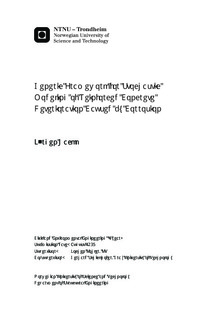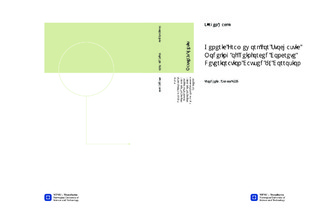| dc.description.abstract | Reinforced concrete structures constitute an important fraction of the building infrastructure. This infrastructure is aging and a large number of structures will exceed the prescribed service period in the next decades. The aging of concrete structures is often accompanied by correspondent deterioration mechanisms. One of the major deterioration mechanisms is the corrosion of the reinforcing steel, caused by chloride ions or carbon dioxide exposure.The decisions, made in connection to possible repair or renewals of these structures, have major implications on safety and cost efficiency in a societal dimension. Public authorities, entitled to administrate the infrastructure, are in need of schemes and methodologies that facilitate the optimal management of the already existing stock of structures, especially in regard to repair and maintenance planning.In this thesis a generic framework for a stochastic modeling of reinforced concrete deterioration caused by corrosion is presented. This framework couples existing probabilistic models for chloride and carbonation initiation with models for the propagation and the effects of corrosion. For this purpose, a combination of structural reliability analysis and Bayesian networks is used for the reliability assessment of the reinforced concrete structure.This approach allows to compute probabilities of rare events for complex structures in an efficient way to update the model with new information from measurements, monitoring and inspection results.This framework enables, for the first time, a holistic view of the current service life models, with corresponding sensitivity studies and finding optimal decisions for treating deteriorated reinforced concrete structures. The temporal evolvement of structures can also be represented and analyzed within this framework. | nb_NO |

